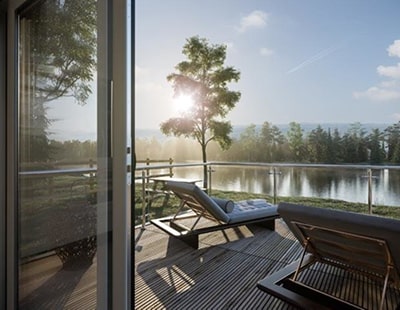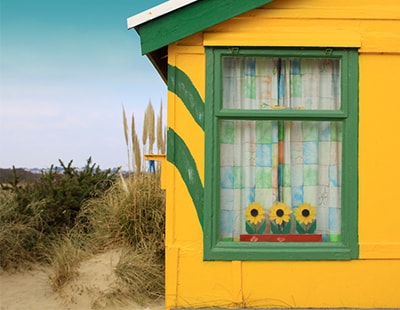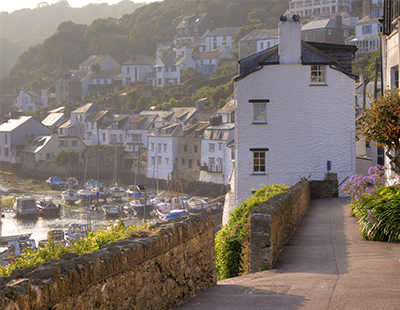Outside space and parking
Accessible solutions should be available from the very second your guests step onto the land surrounding your property - and one of the first issues they might encounter is parking, especially for those with physical disabilities.
First, consider the parking proximity from the house, as disabled guests will likely require easy access to the holiday home. If they have to park further away to get to it, are there any solutions you can offer, such as transport from the car park, or help with luggage, that could make things easier for them?
If you are lucky enough to have parking onsite, you should also think about how much space you have available. Having plenty of room to park is always desirable, but it is particularly important if guests need to unload wheelchairs or special equipment.
The surface of your driveway and pathways will also have an impact. Uneven ground could be a trip hazard, while gravel may cause issues for wheelchair users.
Next, consider how easy it is to get into the property. Is it possible to install a ramp for easier entry? This doesn’t necessarily need to be a permanent fixture to your property, but having disabled equipment that can be available upon guests’ request will make all the difference to your visitors’ stay.
Indoor solutions
Now that guests can comfortably get into the property, it’s time to consider how easy it is to get around it.
Homes that have narrow doorways, slippery floors, and different levels will naturally present a challenge for disabled holidaymakers.
Pay close attention to floor choices. An ill-fitting or shag-style carpet will be a trip hazard and is easily stained. Tiled floors will prevent damage from wheelchairs or crutches but may feel cold and uninviting for guests. Wooden floors offer a nice balance of practicality while keeping the property feeling homey and comfortable.
Review how easy it is to access light switches and facilities. Placing light switches at lower levels or fitting motion-sensor automatic lights inside and outside will allow you to accommodate all while having adjustable beds or easy-to-use door handles is more inclusive.
And just because you have a one-bedroom house, it doesn’t mean you can’t advertise your place as an accessible property. Consider converting a downstairs room into a comfortable bedroom, installing a stairlift, or even adding a handrail to staircases to assist those less steady on their feet.
Bathrooms
While a wet room with a step-free shower is the ideal bathroom setup for those with disabilities, this may not always be practical in all holiday lets.
Simple additions such as handrails around toilets and baths, shower chairs, and raised toilet seats can make bathrooms more accessible without a huge cost to the homeowner.
Even switching out tap handles to more accessibility-friendly alternatives, such as sensor taps, can make a big difference as they don't require direct contact.
You should also install an alarm on an easy-to-reach pull cord to give guests peace of mind that someone will be able to help should an accident occur.
Kitchens
It’s easy to overlook the challenges kitchens may present to disabled guests.
The height and depth of kitchen counters will impact a kitchen’s functionality for wheelchair users. A shallower counter surface will make it easier to reach appliances and use counters for tasks.
Removing cabinets underneath kitchen sinks and some work surfaces will allow those who use a wheelchair or walker to use counters to help prepare food.
Appliances and storage will also need to be at a lower height to make them accessible. So, avoid wall cabinets unless you’re willing to lower these.
*Harry Roberts is the managing director of My Favourite Cottages










.png)









Join the conversation
Be the first to comment (please use the comment box below)
Please login to comment